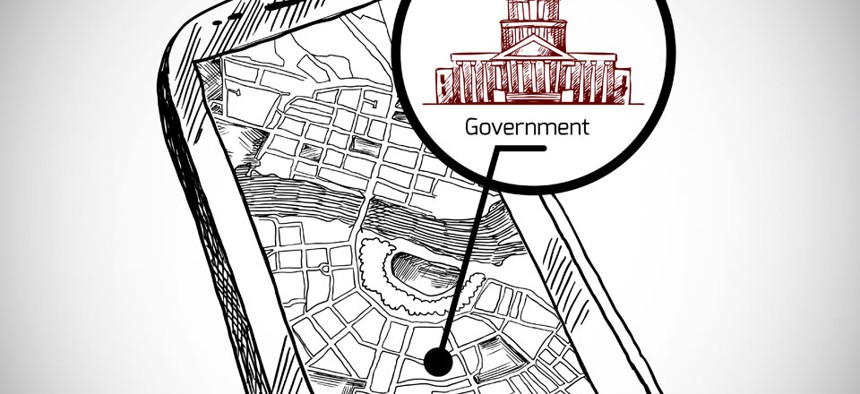Customer Experience in a Dead Zone

Macrovector/Shutterstock.com
On March 24, Government Executive and Nextgov will host an event to discuss the future of customer experience in the government space
Many of the hottest innovations in customer experience are technologies.
Organizations like 18F and the U.S. Digital Service are pioneering projects such as the Digital Services Playbook. Agencies across government are revamping their social media and user experience and, while young, these exciting projects promise to push the boundaries of federal CX forward in leaps and bounds.
And yet, without diminishing these organizations’ work, technology is only part of the CX equation. This applies no more critically than to the 9 percent of Americans without home Internet access and the 15 percent who don’t use the Internet whatsoever. Much of this demographic consists of the elderly and the economically disadvantaged, groups disproportionately in need of government services. For this demographic, social media support alone means very little.
So how do we improve our legacy systems -- our brick-and-mortar stores and call centers -- to bridge the final mile without the help of the Internet?
The keys are in a handful of management strategies. For example, a recent Government Business Council report argued that significant gains could be made if agencies more rigorously implement customer experience metrics, including hold time and incident escalation. By translating a customer’s subjective “experience” out of adjectives and into actionable data points, the agency can better self-evaluate.
Another strategy is the creation of a chief customer officer, a “senior leader whose primary goal is to represent the interests of the customer,” as Forrester Research analyst Rick Parrish described in a recent podcast. He noted the General Services Administration as an example of this strategy; last year, the agency appointed entrepreneur Phaedra Chrousos as its first chief customer officer. Today, Chrousos and her five-person team oversee a comprehensive, agencywide view of GSA’s customers.
Even for customers without Internet access, technology can be transformative thanks to the front-line employees who service them. Smart enterprise systems can help employees push relevant information to their customers. Cloud computing can help employees gather data in the field. Even if the customer can’t access brand-new UX from her home, she can do so at an agency kiosk.
With USDS speeding past its six-month anniversary and 18F quickly approaching one year in existence, a lot has been happening on the technology side of the customer experience space. Equally critical to customer experience are the management initiatives being headed up by Chrousos and others across government.
On March 24, Government Executive and Nextgov will host an event to discuss the future of customer experience in the government space, featuring Parrish, Chrousos and many more experts.
For more information about the event, register here.
(Image via Macrovector/ Shutterstock.com)





